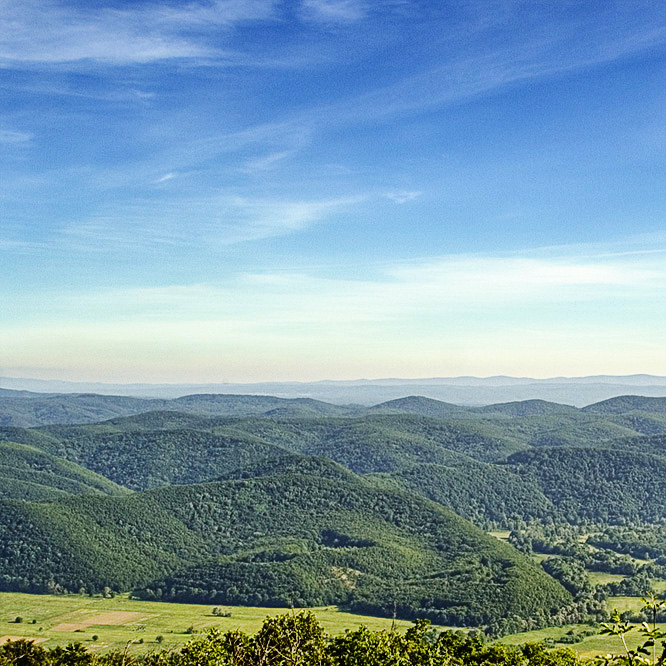|
Romylos Of Vidin
Romylos of Vidin also known as Romylos of Ravanica or Romylus the Athonite (''Romil Svetogorac'', ''Romil Svetogorski''); ( bg, –Ý–æ–º–∏–ª –ë–¥–∏–Ω—Å–∫–∏; sr, –Ý–æ–º–∏–ª –Ý–∞–≤–∞–Ω–∏—á–∫–∏) was a 14th-century Bulgarian cleric, a disciple of Gregory of Sinai. He is also known as the teacher of Grigorije of Gornjak. He is regarded as part of both Bulgarian and Serbian literature. Biography He was born in Vidin, Tsardom of Vidin c. 1330 and died in the Ravanica Monastery, Serbia c. 1385. Romylos was among the brightest followers of the Hesychast tradition in the Eastern Orthodox Church in the 14th century. In the wake of the Ottoman conquest of Bulgaria Romylos was among the many Bulgarian intellectuals who emigrated to neighbouring Orthodox countries and brought their talents and texts. His tomb is in the church narthex of the Monastery of Ravanica, Serbian Despotate. Life He was born in the first quarter of the fourteenth century in the "valiant and glorious city Vidin", north ... [...More Info...] [...Related Items...] OR: [Wikipedia] [Google] [Baidu] |
Vidin
Vidin ( bg, –í–∏–¥–∏–Ω, ; Old Romanian: Diiu) is a port city on the southern bank of the Danube in north-western Bulgaria. It is close to the borders with Romania and Serbia, and is also the administrative centre of Vidin Province, as well as of the Metropolitan of Vidin (since 870). An agricultural and trade centre, Vidin has a fertile hinterland renowned for its wines. Name The name is archaically spelled as ''Widdin'' in English. Old name ''Dunonia'' itself meant "fortified hill" in Celtic with the typically ''dun'' found frequently in Celtic place names. Geography Vidin is the westernmost important Bulgarian Danube port and is situated on one of the southernmost sections of the river. The New Europe Bridge, completed in 2013, connects Vidin to the Romanian town of Calafat on the opposite bank of the Danube. Previously, a ferry located from the town was in use for that purpose. History Vidin emerged at the place of an old Celtic settlement known as ''Dunonia''. The ... [...More Info...] [...Related Items...] OR: [Wikipedia] [Google] [Baidu] |
Ivan Alexander Of Bulgaria
Ivan Alexander ( bg, –ò–≤–∞–Ω –ê–ª–µ–∫—Å–∞–Ω–¥—ä—Ä, transliterated ''Ivan Aleksand«ér'', ; original spelling: –Ü—Ý–ê–ù–™ –ê–õ–Ñ—Æ–ê–ù–¥–Ý–™), also sometimes Anglicized as John Alexander, ruled as Emperor (''Tsar'') of Bulgaria from 1331 to 1371,Lalkov, ''Rulers of Bulgaria'', pp. 42‚Äì43. during the Second Bulgarian Empire. The date of his birth is unknown. He died on 17 February 1371. The long reign of Ivan Alexander is considered a transitional period in Bulgarian medieval history. Ivan Alexander began his rule by dealing with internal problems and external threats from Bulgaria's neighbours, the Byzantine Empire and Serbia, as well as leading his empire into a period of economic recovery and cultural and religious renaissance.''B«élgarite i B«élgarija'', 2.1 However, the emperor was later unable to cope with the mounting incursions of Ottoman forces, Hungarian invasions from the northwest and the Black Death. In an ill-fated attempt to combat these problems, he divided the c ... [...More Info...] [...Related Items...] OR: [Wikipedia] [Google] [Baidu] |
Monastery Ravanica
A monastery is a building or complex of buildings comprising the domestic quarters and workplaces of Monasticism, monastics, monks or nuns, whether living in Cenobitic monasticism, communities or alone (hermits). A monastery generally includes a place reserved for prayer which may be a chapel, Church (building), church, or temple, and may also serve as an Oratory (worship), oratory, or in the case of Cenobium, communities anything from a single building housing only one senior and two or three junior monks or nuns, to vast complexes and estates housing tens or hundreds. A monastery complex typically comprises a number of buildings which include a church, dormitory, cloister, refectory, library, Wiktionary:balneary, balneary and Hospital, infirmary, and outlying Monastic grange, granges. Depending on the location, the monastic order and the occupation of its inhabitants, the complex may also include a wide range of buildings that facilitate self-sufficiency and service to the com ... [...More Info...] [...Related Items...] OR: [Wikipedia] [Google] [Baidu] |



